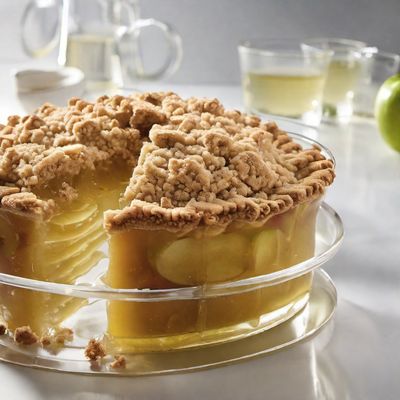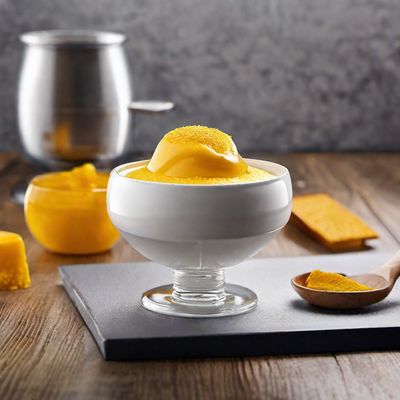
Ingredient
Liquid egg products
The Versatile Powerhouse: Liquid Egg Products Unleashed
Liquid egg products are made by breaking and blending whole eggs, removing the shell and separating the yolk from the white. They are then pasteurized and packaged for commercial use. These products are available in various forms, including whole eggs, egg whites, and egg yolks. Liquid egg products have a smooth and homogeneous texture, making them easy to incorporate into recipes. They have a neutral taste that allows them to adapt to various flavor profiles and can be used in both sweet and savory dishes. Their liquid form ensures even distribution throughout the mixture, resulting in consistent and reliable outcomes.
Origins and history
The concept of liquid egg products originated in the early 20th century when advancements in food processing technology allowed for the separation and pasteurization of eggs. This innovation revolutionized the food industry by providing a convenient and safe alternative to fresh eggs. Liquid egg products gained popularity during World War II when fresh eggs were scarce and rationed. Since then, they have become a staple in commercial kitchens, bakeries, and households worldwide.
Nutritional information
Liquid egg products are a rich source of high-quality protein, essential vitamins, and minerals. They are low in calories and contain no carbohydrates or sugar, making them a nutritious choice for those following a low-carb or high-protein diet.
Allergens
Liquid egg products may contain allergens such as eggs, which can cause allergic reactions in individuals with egg allergies.
How to select
When selecting liquid egg products, look for reputable brands that ensure the product is pasteurized and meets food safety standards. Check the expiration date and choose products that are stored and transported under proper refrigeration conditions.
Storage recommendations
Liquid egg products should be stored in the refrigerator at a temperature below 40°F (4°C) to maintain their freshness and quality. Once opened, they should be used within a few days or according to the manufacturer's instructions.
How to produce
Liquid egg products are typically produced on a large scale in commercial facilities equipped with specialized machinery for breaking, separating, and pasteurizing eggs. However, amateur cooks can produce their own liquid egg products by carefully separating egg whites from yolks and blending them until smooth.
Preparation tips
Liquid egg products can be used as a substitute for fresh eggs in various recipes, including omelets, quiches, scrambled eggs, pancakes, and baked goods. When using liquid egg products in recipes that call for whole eggs, use 1/4 cup of liquid egg product for each large egg. For recipes that require only egg whites or yolks, measure accordingly. To achieve fluffier results, whisk the liquid egg product before incorporating it into the recipe.
Culinary uses
Liquid egg products are commonly used in commercial food production, bakeries, and households for making scrambled eggs, omelets, frittatas, custards, cakes, cookies, and other baked goods. They are also used as a binding agent in meatballs, meatloaf, and veggie burgers.
Availability
Liquid egg products are widely available in grocery stores, supermarkets, and foodservice establishments worldwide.
More ingredients from this category
Recipes using Liquid egg products

Molecular Gastronomy Guacamole
Avocado Explosion: Molecular Gastronomy Guacamole

Molecular Apple Pie
The Transformed Apple Delight

Molecular Coyotas
The Futuristic Twist on Traditional Coyotas

Molecular Gastronomy Soufflé
The Fluffy Clouds of Molecular Gastronomy

Molecular Gastronomy Risotto
The Futuristic Twist: Molecular Gastronomy Risotto

Molecular Gastronomy Rendang
Rendang Reimagined: A Molecular Gastronomy Twist

Molecular Gastronomy Couscous
Couscous Reimagined: A Molecular Gastronomy Delight

Molecular Gastronomy Pavlova
The Whimsical Cloud: Molecular Gastronomy Pavlova

Molecular Gastronomy Cordon Bleu
The Futuristic Twist on Classic Cordon Bleu

Molecular Tarte Tatin
The Transformed Tarte Tatin: A Molecular Gastronomy Delight

